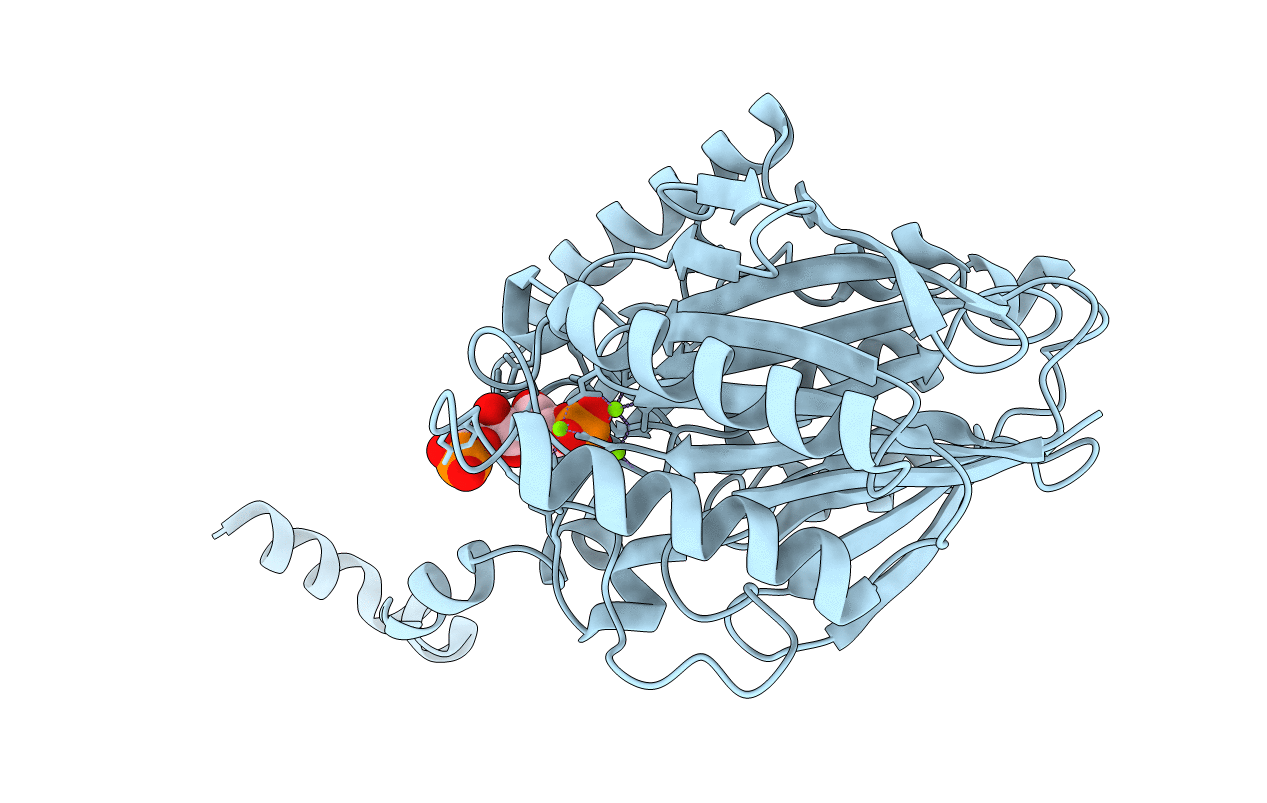
Deposition Date
2011-07-22
Release Date
2011-10-26
Last Version Date
2023-09-13
Entry Detail
PDB ID:
3T2C
Keywords:
Title:
Fructose-1,6-bisphosphate aldolase/phosphatase from Thermoproteus neutrophilus, DHAP-bound form
Biological Source:
Source Organism:
Thermoproteus neutrophilus (Taxon ID: 444157)
Host Organism:
Method Details:
Experimental Method:
Resolution:
1.30 Å
R-Value Free:
0.12
R-Value Work:
0.10
R-Value Observed:
0.10
Space Group:
I 4 2 2


